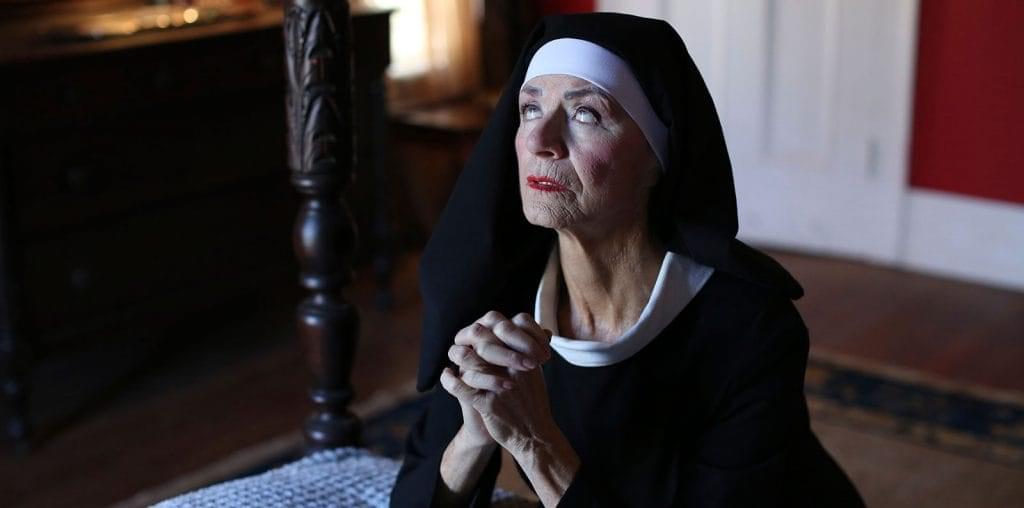
Pixar’s track record is pretty outstanding. Leave aside the uninspired “Cars” and you’ve got a list of some of the best animated films released in the last fifteen years, and “WALL-E,” the studio’s latest offering, stays the course admirably. At the same time, it’s something of a departure from Pixar’s usual narrative fare, relying far less on dialogue and offering not one but two unsettling glimpses of mankind’s future nestled in a more or less conventional love story. More or less because, y’know, they’re robots.
The setting is a ruined future Earth. The ravages of pollution have forced the human race to flee into outer space, leaving a multitude of ‘Waste Allocation Load Lifters’ to clean up and make the planet habitable once again. Sounds like a plan, except it turns out the original five year cleanup estimate may have been a tad optimistic. In reality, 700 years have passed since mankind’s exodus, and a sole functional WALL-“E” (for Earth class) remains, continuing his Herculean task of compressing waste into cubes and stacking them into skyscraper-high stacks. On his off hours, he collects interesting bits of refuse and – thanks to an old tape of “Hello, Dolly!” – dreams of robot love.
Opportunity presents itself on that front in the form of “Eve,” a sleek probe droid from parts unknown sent to Earth to scan the planet’s surface for…something. Naturally WALL-E falls head over treads for Eve, and woos her to the best of his abilities. The two are just starting to hit it off when Eve, which happens to stand for “Extraterrestrial Vegetation Evaluator,” accidentally discovers what she’s been set to find and goes into shut-down. Once her ship returns to pick her up, WALL-E hitches a ride into space and (as it turns out, back to the human mothership), the better to stay by his gal’s side and to see why a measly bean sprout is so important.
What makes “WALL-E” so impressive isn’t merely the graphics, which we’ve almost come to take for granted after 13 years of excellence, or the number of movies referenced – everything from silent comedy to romance to ‘70s and 80s sci-fi – it’s the minimalist nature of the script. “Ratatouille,” Pixar’s previous release, was quite the verbose production thanks to motor-mouthed voice talent like Patton Oswalt and Janeane Garofalo. “WALL-E’s” first two acts, by comparison, consist of little more than Ben Burtt’s robo-sound FX and the clicks of WALL-E’s pet cockroach. It’s a bold move, especially for a movie geared largely towards children, but the “Last Robot on Earth…for Kids” setting really works. It’s a vividly rendered (if bleak) environment, and WALL-E himself, earnestly doe-eyed and cloying as he is, is a very effective character.
The futuristic perspective is especially interesting, for what Andrew Stanton has given us is no less than an animated revamp of great 1970s post-apocalyptic science fiction. WALL-E’s solitary existence recalls both “The Omega Man” and “Silent Running,” while his later adventures aboard the ship are more reminiscent of “Logan’s Run.” It’s an interesting tactic, setting this sweet romance amidst the ruins of civilization and then later in an all-too-feasible future where humanity has grown so morbidly obese they’re unable to support their own weight.
It’s during the third act, when we’re introduced to the smattering of human characters, that the movie slips a bit. Our attention has been so engrossed by the technical wizardry and winning story during “WALL-E’s” first two-thirds that we’re thrown a bit by the change. It isn’t that the ship’s captain or the two passengers WALL-E jars from their insular existence are poorly realized, it’s just that the robots are plenty human already. Stanton recovers admirably, however, and brings things around to a satisfying conclusion. Visually dazzling and possessing wit and emotion 99% of movies with real-life actors can’t hope to achieve, “WALL-E” is thoroughly enjoyable film, and ranks with Pixar’s best.
